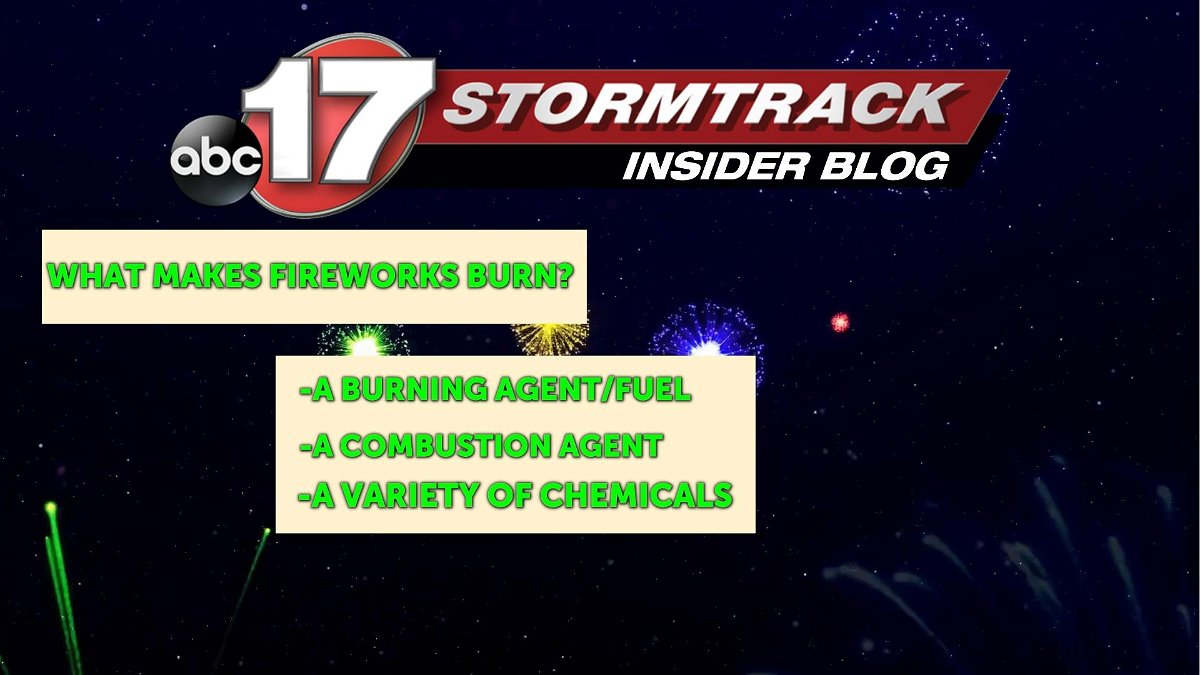The science behind Firework colors
The holiday weekend is coming up quickly, and fireworks will light up the night sky in several places across mid-Missouri within the next few days. Today's Insider Blog with give you a little lesson in chemistry. So grab your goggles and safety gloves… and don’t forget the closed toe shoes because fireworks are all about chemistry and precision.

Obviously, fireworks need something that makes them burn. Oftentimes, sulfur and charcoal are used to help keep fireworks burning. But that’s not what gives them their colors. It’s chemicals, like the ones you can find in everyday objects that produce those bright, captivating colors. For instance, yellow is produced by sodium, blue by copper, and white is a combination of aluminum and titanium.

You can find copper almost anywhere...in pennies! Aluminum and iodine can be found in most kitchens in the form of aluminum foil and table salt. Now, fireworks require a lot more science than just mixing chemicals together, so you should never try to make them at home.
